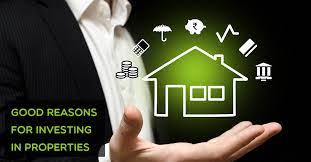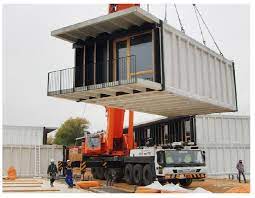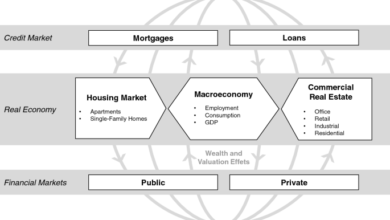The Role of Real Estate in Community Development and Social Equity

Real estate is an essential aspect of community development and social equity. The industry plays a crucial role in shaping the built environment, providing housing options, and contributing to economic growth. The following article explores the role of real estate in community development and social equity and highlights how the industry can impact a community’s well-being.
Introduction
Real estate is a broad term that encompasses land and the structures that are built on it. The real estate industry plays a critical role in shaping our built environment, providing housing options, and contributing to economic growth. Real estate is not just about buying and selling property; it is about creating spaces where people can live, work, and thrive. This article explores the role of real estate in community development and social equity and highlights how the industry can impact a community’s well-being.
Real Estate and Community Development
Real estate is a fundamental aspect of community development. The industry is responsible for creating the built environment that surrounds us, including the houses we live in, the offices we work in, and the public spaces we use. Real estate development can have a significant impact on a community’s well-being. For example, a well-designed mixed-use development can create a sense of place and provide residents with access to essential services and amenities. On the other hand, poorly designed developments can lead to social isolation, crime, and declining property values.
The Importance of Affordable Housing
Affordable housing is a critical aspect of community development. Housing is a basic human need, and everyone deserves a safe, decent, and affordable place to live. Real estate developers can play a role in creating affordable housing by building developments that include a mix of market-rate and affordable units. In addition, developers can partner with non-profit organizations to provide affordable housing options.
Sustainable Development
Sustainable development is another essential aspect of community development. Real estate development can have a significant impact on the environment, and developers have a responsibility to create sustainable buildings and communities. This includes designing buildings that are energy-efficient, using sustainable building materials, and incorporating green spaces into developments.
Real Estate and Social Equity
Real estate can also impact social equity, which is the fair distribution of resources and opportunities in society. Real estate can either promote or hinder social equity, depending on how it is developed and used.
Redlining and Racial Discrimination
Redlining and racial discrimination are two examples of how real estate can impact social equity negatively. In the past, banks and other financial institutions would discriminate against people of color by refusing to lend them money to purchase homes in certain neighborhoods. This practice, known as redlining, led to the creation of segregated communities and limited economic opportunities for people of color.
Gentrification
Gentrification is another example of how real estate can impact social equity. Gentrification occurs when a neighborhood undergoes significant development and becomes more affluent. While gentrification can bring new economic opportunities to a community, it can also lead to the displacement of long-time residents who can no longer afford to live in the area.
Conclusion
Real estate plays a critical role in community development and social equity. The industry is responsible for creating the built environment that surrounds us and providing housing options. Real estate can impact a community’s well-being positively or negatively, depending on how it is developed and used. Real estate developers have a responsibility to create sustainable buildings and communities, provide affordable housing options, and promote social equity.



